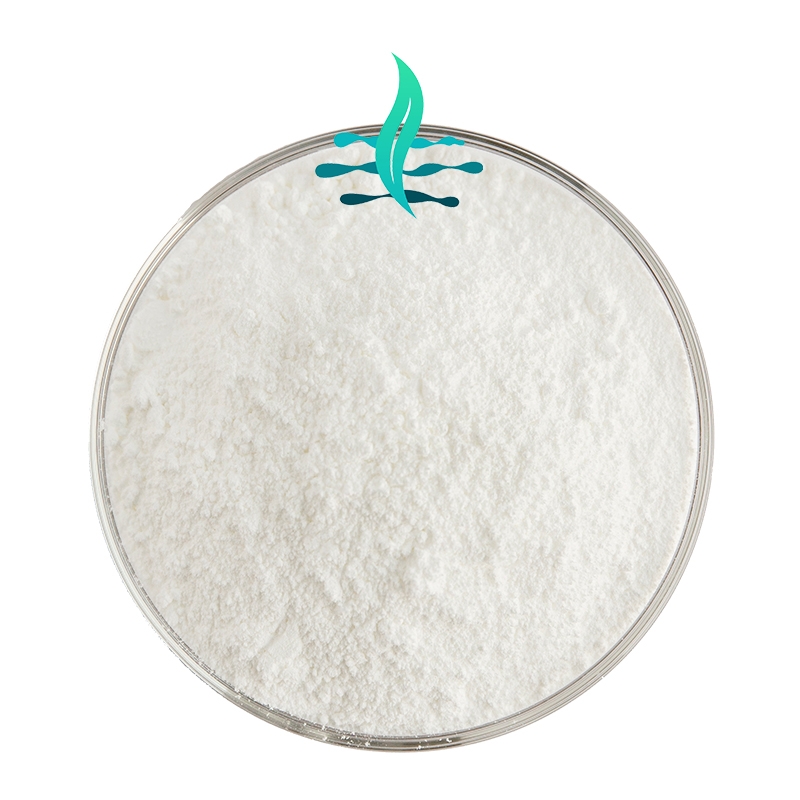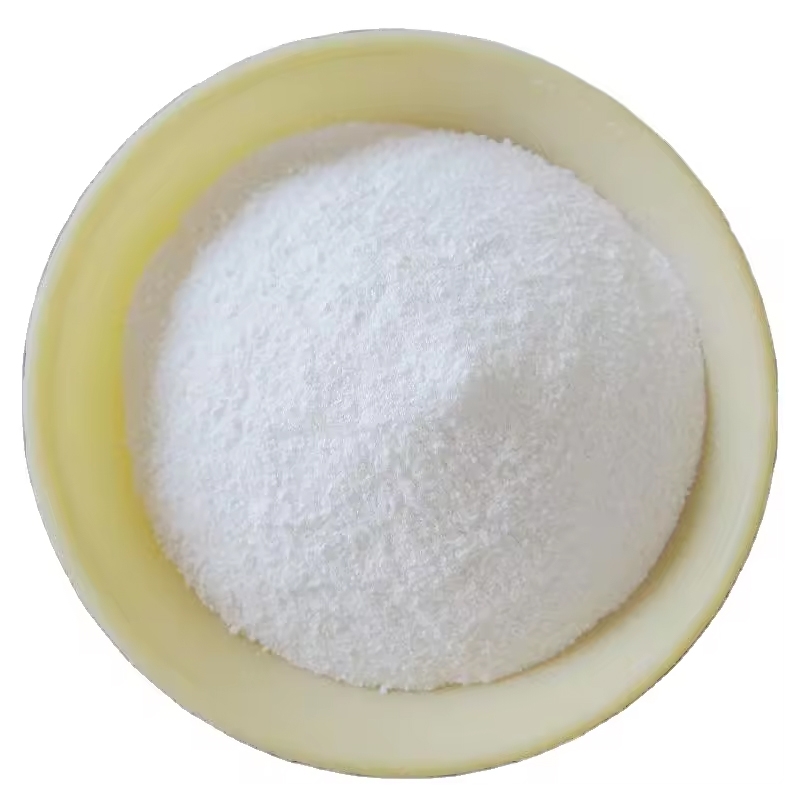-
Categories
-
Pharmaceutical Intermediates
-
Active Pharmaceutical Ingredients
-
Food Additives
- Industrial Coatings
- Agrochemicals
- Dyes and Pigments
- Surfactant
- Flavors and Fragrances
- Chemical Reagents
- Catalyst and Auxiliary
- Natural Products
- Inorganic Chemistry
-
Organic Chemistry
-
Biochemical Engineering
- Analytical Chemistry
-
Cosmetic Ingredient
- Water Treatment Chemical
-
Pharmaceutical Intermediates
Promotion
ECHEMI Mall
Wholesale
Weekly Price
Exhibition
News
-
Trade Service
Recently, the Institute of Oceanography of the Chinese Academy of Sciences has made new progress in the study of the sex determination mechanism of large economic brown algae wakame, and the relevant research results are "Identification of a genomic region linked with sex determination of Undaria pinnatifida (Alariaceae) through genomic.
" Resequencing and genetic linkage analyses of a segregating gametophyte family" was published
in the Journal of Phycology.
" Resequencing and genetic linkage analyses of a segregating gametophyte family" was published
in the Journal of Phycology.
Wakame is the second largest economic brown algae and an important export earning aquatic product
in China after kelp.
Different from the classic understanding of the sexual phenotype of kelp brown algae, there are three sexual phenotypes of female, male and hermaphroditic in the generation of crony menu gametophytes, but the sex determination mechanism is not yet known
.
in China after kelp.
Different from the classic understanding of the sexual phenotype of kelp brown algae, there are three sexual phenotypes of female, male and hermaphroditic in the generation of crony menu gametophytes, but the sex determination mechanism is not yet known
.
Seaweed germplasm bank researchers crossed haplogametophytes with hermaphroditic phenotypes with female haplogametophytes to obtain sporophytes, and large-scale clonal families of offspring haplogametophytes were constructed after meiosis
.
With reference to the previously completed wakame genome, polymorphism SNP markers were developed and high-density genetic maps
were constructed by resequencing technology.
It was found that 62 SNPs were closely linked to sex traits, and they were located at 67.
67 cM of the 23 linkage group, corresponding to a physical interval of chromosome 23 with a length of 14.
67 Mbp
.
.
With reference to the previously completed wakame genome, polymorphism SNP markers were developed and high-density genetic maps
were constructed by resequencing technology.
It was found that 62 SNPs were closely linked to sex traits, and they were located at 67.
67 cM of the 23 linkage group, corresponding to a physical interval of chromosome 23 with a length of 14.
67 Mbp
.
The team re-analyzed the SLAF tag developed in another different haploid isolated family line according to the method of reference genome, constructed a genetic map and located the sex locus, and found that the genomic position corresponding to the sex linkage site contained the above interval of 14.
67 Mbp, which was judged to be a sex-determining region
.
There are a total of 129 genes in this interval, 39 of which have clear annotated information and contain the HMG gene, a candidate gene for male phenotypic determination of brown algae
.
The results of gene expression analysis showed that HMG genes were expressed in the vegetative growth stage of male gametophytes and hermaphroditic gametophyte vegetative growth and gametogenesis, while the expression of HMG genes was higher
in the vegetative growth stage and gametogenesis stage of male gametophytes.
The above research results lay a foundation for elucidating the molecular mechanism of sex determination of kelp seaweed, and also provide an important theoretical basis
for the effective development of wakame genetic breeding.
67 Mbp, which was judged to be a sex-determining region
.
There are a total of 129 genes in this interval, 39 of which have clear annotated information and contain the HMG gene, a candidate gene for male phenotypic determination of brown algae
.
The results of gene expression analysis showed that HMG genes were expressed in the vegetative growth stage of male gametophytes and hermaphroditic gametophyte vegetative growth and gametogenesis, while the expression of HMG genes was higher
in the vegetative growth stage and gametogenesis stage of male gametophytes.
The above research results lay a foundation for elucidating the molecular mechanism of sex determination of kelp seaweed, and also provide an important theoretical basis
for the effective development of wakame genetic breeding.
Researcher Shan Feng of the Institute of Oceanography of the Chinese Academy of Sciences is the first author of the paper, and researcher Xiao Shaojun is the corresponding author
.
The research was supported
by the National Natural Science Foundation of China, the National Algae Industry Technology System, the Strategic Biological Resources Capacity Building Project of the Chinese Academy of Sciences, and the Huiquan Scholar Project of the Institute of Oceanography of the Chinese Academy of Sciences.
.
The research was supported
by the National Natural Science Foundation of China, the National Algae Industry Technology System, the Strategic Biological Resources Capacity Building Project of the Chinese Academy of Sciences, and the Huiquan Scholar Project of the Institute of Oceanography of the Chinese Academy of Sciences.
Paper Information:
Tifeng Shan, Yuqian Li, Shaojun Pang.
2022.
Identification of a genomic region linked with sex determination of Undaria pinnatifida (Alariaceae) through genomic resequencing and genetic l inkage analyses of a segregating gametophyte family.
Journal of Phycology https://doi.
org/10.
1111/jpy.
13295
2022.
Identification of a genomic region linked with sex determination of Undaria pinnatifida (Alariaceae) through genomic resequencing and genetic l inkage analyses of a segregating gametophyte family.
Journal of Phycology https://doi.
org/10.
1111/jpy.
13295







